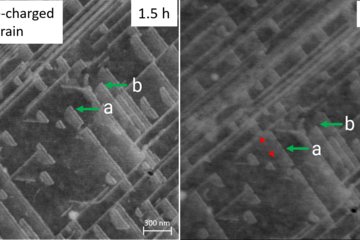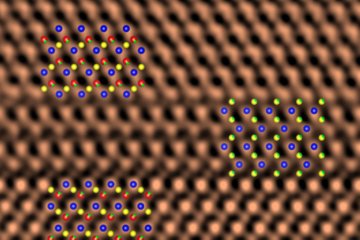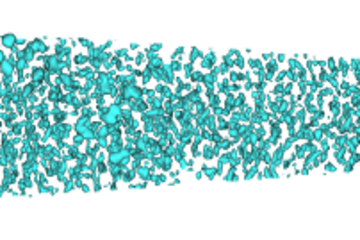All genres
21.
Conference Paper
Bi2Te3: Superlattices and structural modulations in bulk materials. Microscopy conference 2005, Davos, Switzerland, 2005., (2005)
22.
Talk
Multi phase cellular automaton simulation of the heat treatment of dual phase steel. MMM 2010 Fifth International Conference Multiscale Materials Modeling, Freiburg. Germany (2010)
23.
Talk
Multi Phase Cellular Automaton Simulation of the Heat Treatment of Dual Phase Steel. Materials Science and Engineering MSE 2010, Darmstadt, Germany (2010)
24.
Talk
Microstructure evolution during recrystallization of dual-phase steels. Recrystallization & Grain Growth 4, Sheffield, UK (2010)
25.
Talk
Processing of dual-phase steel for automotive applications: Microstructure and texture evolution during annealing and numerical simulation by cellular automata. Euromat 2009 (European Congress and Exhibition on Advanced Materials and Processes), Glasgow, UK (2009)
26.
Talk
From Cold Rolling to Deep Drawing - Microstructure Based Modeling of a Dual Phase Steel. NUMISHEET 2008, Interlaken, Switzerland (2008)
27.
Poster
Study of substructure and texture development in dual phase steels due to thermo-mechanical treatment. ITAP3, 3d International Conference on Texture and Anisotropy in Polycrystals, Göttingen, Germany (2009)











